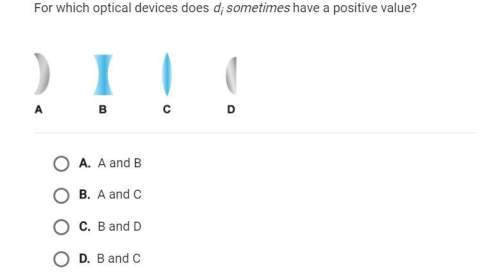
Physics, 12.02.2021 20:00 danksans7011
Mega Problem #2: A crossbow applies an average force F to an arrow for a time Δt1 and the arrow leaves the crossbow with a speed v. The arrow with mass m1 strikes and becomes embedded in a wooden block with mass m2, placed on a horizontal surface just in front of the crossbow. During the collision between the arrow and block, both experience an Impulse Δp. The coefficient of friction between the block and the surface is k and the impact drives the block a distance d.
The average force F is 667 N and the time the force is applied to the 0.023 kg arrow is Δt1 = 0.0038 s. Calculate the “muzzle velocity” or speed v with which the arrow leaves the crossbow. [4 pts]
The arrow has initial speed v and a mass 0.023 kg and the block (initially at rest) has a mass of 0.1 kg. After the collision, block and arrow stick together, calculate the final velocity vf for the moment after this collision. [4 pts]
The arrow has an initial speed v and a mass m1 of 0.023kg and the block (initially at rest) has a mass of 1.4 kg. The collision between the arrow and block lasts Δt2 = 0.0075 s. Calculate the magnitude of average force experienced by the arrow during the collision [3 pts]. Compare this average force to the force felt by the block during the collision. [1 pts]
The arrow-block system then slides with an initial speed v (vf from part b) a distance d meters over a rough surface where the coefficient of friction between the arrow-block system and the surface is k = 0.63. Calculate the distance d, the arrow-block system travels before coming to a stop. [3 pts]

Answers: 1


Another question on Physics

Physics, 21.06.2019 19:40
Anne applies a force on a toy car and makes it move forward. what can be said about the forces acting on the toy car at the moment anne applies the force?
Answers: 1

Physics, 21.06.2019 23:30
Which lists the main components of darwin’s theory of evolution? a. random mutations drive evolution; the evolution of a population happens slowly; organisms have common ancestors; organisms do not change. b. natural selection drives evolution; the evolution of a population happens slowly; organisms have common ancestors; organisms change over time. c. natural selection drives evolution; the evolution of a population happens rapidly; organisms have common ancestors; organisms change over time. d. random mutations drive evolution; the evolution of a population happens rapidly; organisms have common ancestors; organisms do not change.
Answers: 1


Physics, 22.06.2019 09:30
Which of these is not a possible type of energy transformation? a. electrical energy into light energy b. sound energy into nuclear energy c. potential energy into kinetic energy d. kinetic energy into mechanical energy
Answers: 1
You know the right answer?
Mega Problem #2: A crossbow applies an average force F to an arrow for a time Δt1 and the arrow leav...
Questions

Social Studies, 25.10.2019 10:43

History, 25.10.2019 10:43

Chemistry, 25.10.2019 10:43

Chemistry, 25.10.2019 10:43



Biology, 25.10.2019 10:43

Social Studies, 25.10.2019 10:43

Physics, 25.10.2019 10:43

Mathematics, 25.10.2019 10:43


Social Studies, 25.10.2019 10:43

Health, 25.10.2019 10:43

History, 25.10.2019 10:43


Mathematics, 25.10.2019 10:43



Mathematics, 25.10.2019 10:43

Social Studies, 25.10.2019 10:43




